Tale of Tales (1979 film)
8 /10 1 Votes
Director Yuriy Norshteyn | 8/10 IMDb Genre Animation, Short Duration | |||||||||||||||||||||||||||||||||
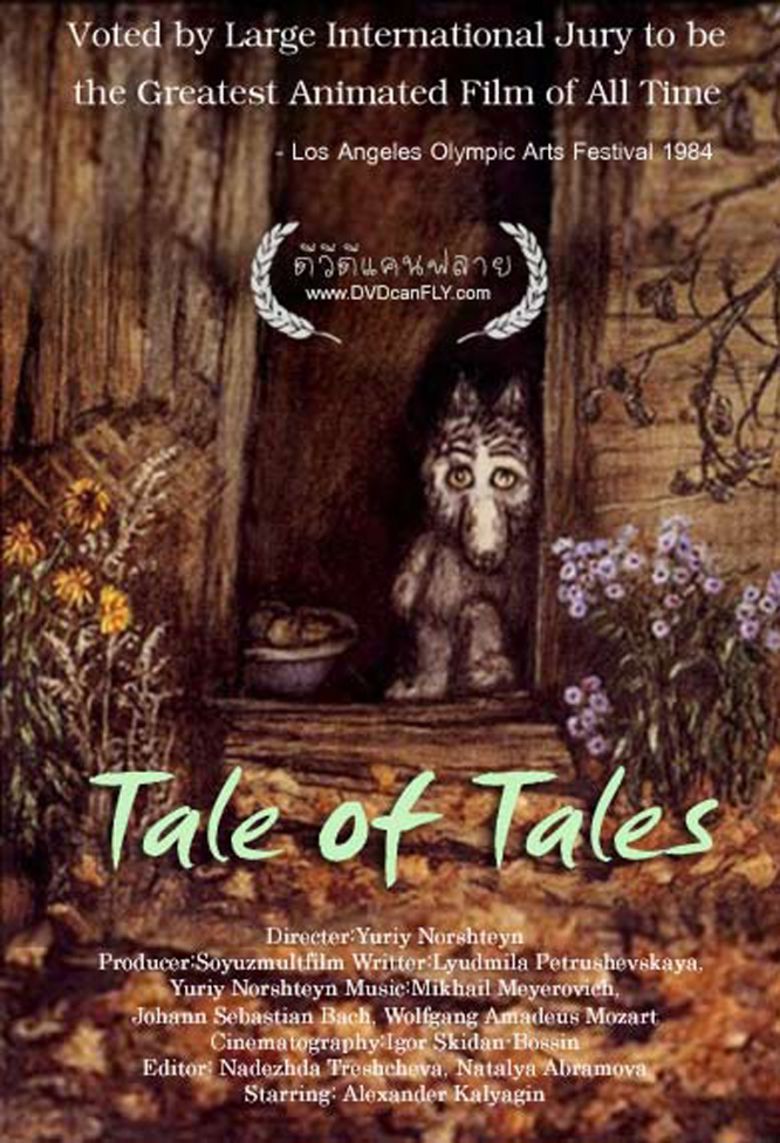 | ||||||||||||||||||||||||||||||||||
Release date January 5, 1979 Similar movies Pacific Rim , Paperman , Feast , The Artist , Get a Horse! , Mickey and the Beanstalk | ||||||||||||||||||||||||||||||||||
Tale of Tales (Russian: Сказка сказок, Skazka skazok) is a 1979 Soviet/Russian animated film directed by Yuriy Norshteyn and produced by the Soyuzmultfilm studio in Moscow. It has won numerous awards, has been acclaimed by critics and other animators, and has received the title of greatest animated film of all time in various polls. It has been the subject of a 2005 book by Clare Kitson titled Yuri Norstein and Tale of Tales: An Animator's Journey.
Contents
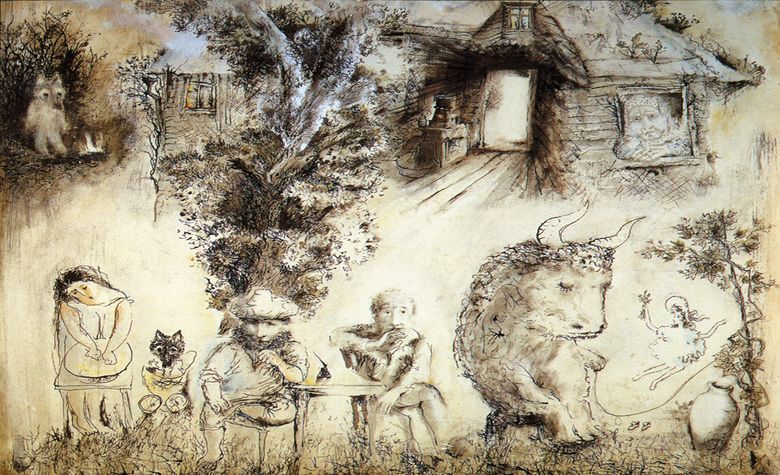
Plot
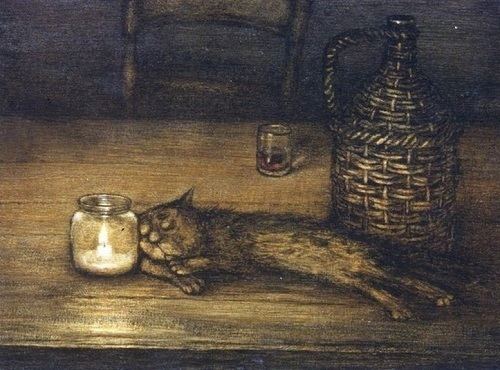
Tale of Tales, like Tarkovsky's Mirror, attempts to structure itself like a human memory. Memories are not recalled in neat chronological order; instead, they are recalled by the association of one thing with another, which means that any attempt to put memory on film cannot be told like a conventional narrative. The film is thus made up of a series of related sequences whose scenes are interspersed between each other. One of the primary themes involves war, with particular emphasis on the enormous losses the Soviet Union suffered on the Eastern Front during World War II. Several recurring characters and their interactions make up a large part of the film, such as the poet, the little girl and the bull, the little boy and the crows, the dancers and the soldiers, and especially the little grey wolf (Russian: се́ренький волчо́к, syeryenkiy volchok). Another symbol connecting nearly all of these different themes are green apples (which may symbolize life, hope, or potential). Yuriy Norshteyn wrote in Iskusstvo Kino magazine that the film is "about simple concepts that give you the strength to live."
Music and poetry
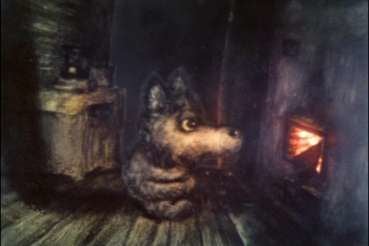
In addition to the original score composed by Mikhail Meyerovich, this film makes use of several other pieces of music. Excerpts from works by Bach (notably the E flat minor Prelude BWV 853 (from The Well-Tempered Clavier)) and Mozart (the Andante second movement from Piano Concerto No. 4 in G major, K41) are used, and the World War II era tango Weary Sun, written by Jerzy Petersburski, features prominently. However, the most important musical inspiration is the following traditional Russian lullaby, which is included in the film in both instrumental and vocal form.
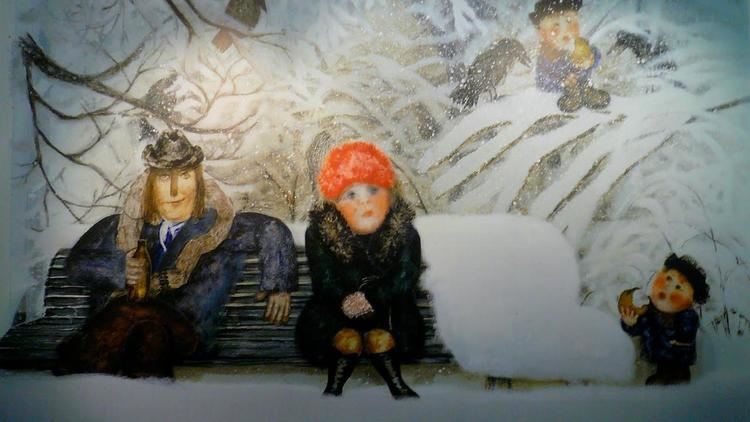
Many situations in the film actually derive from this lullaby, as well as the character of the little grey wolf. Indeed, the film's original title (rejected by the Soviet censors) was The Little Grey Wolf Will Come.
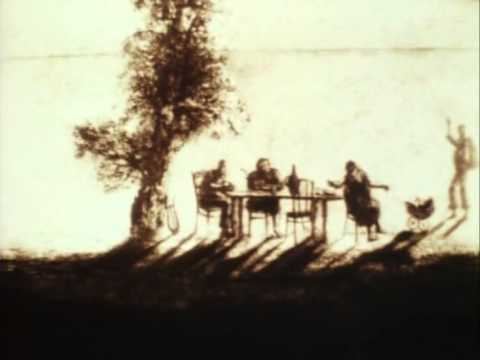
The name Tale of Tales came from a poem of the same name by Turkish poet Nazım Hikmet that Norshteyn loved since 1962.
Awards
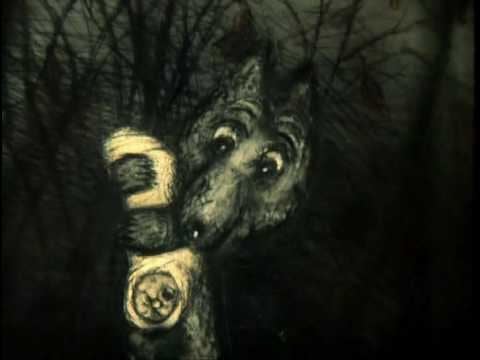
Cultural influence
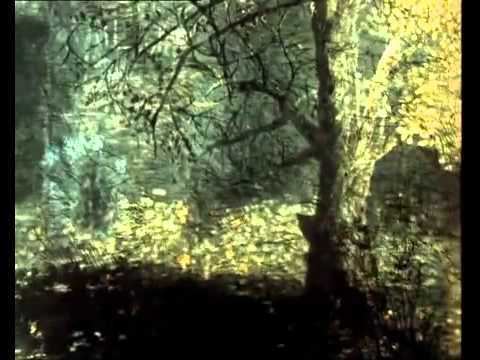
The Australian electronic duo The Presets paid homage to Tale of Tales in the video of their song "Girl and the Sea" from their first album Beams.
References
Tale of Tales (1979 film) WikipediaTale of Tales (1979 film) IMDb Tale of Tales (1979 film) themoviedb.org
